A Long Break....
- gcgegg91
- Apr 11, 2022
- 6 min read
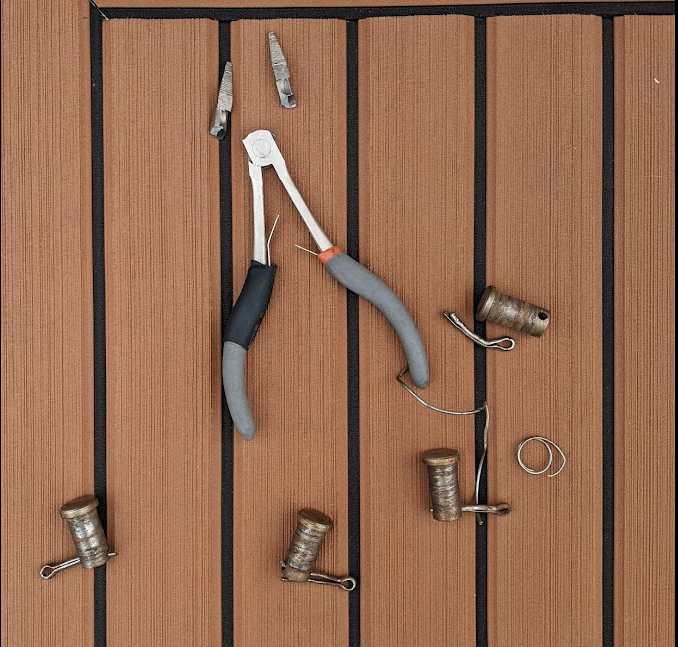
Wow. Looking back, it has been almost two months since my last blog post. I owe an apology to you all for not keeping the blog up to date, it has been a whirlwind of business work, family matters, boat work and travel these past few weeks, and I could never seem to find the time to write this. But get read for the MOST EPIC UPDATE OF ALL TIME. (but actually, there is a lot to talk about, so lets get started).
I feel like the only thing that I havent been able to do in the past two months is go sailing. I was lucky enough to break my dry spell (see what I did there?) by getting invited to sail with my coworkers on their boat this past weekend. We were able to get out on their Macgregor sailboat and it was loads of fun. I had never been on one of those before, and never been out of Dana Point harbor, so new experiences all around. In all seriousness, I admire these guys' passion. With little to no sailing background, they bought a boat, taught themselves to sail it, and take it out all the time on their own. I have a huge amount of respect for anyone who takes that kind of leap, so hats off to you guys!
Aside from my brief fling with another boat, my focus has been wholly on Te Ara over the past few weeks. McKay has been in Philadelphia for part of it, so I had the opportunity to turn my focus wholly on the boat for a bit and the updates are substantial:
Rigging
McKay and I have been systematically changing the old rigging out with new fittings and wire. Most insurance companies wont cover boats where the rigging is over 10 years old, and I'm pretty sure mine is approaching 15+ years in age. The rigging includes all the metal wires and fittings that attach the mast to the boat and hold it there in high winds... so pretty important. I have not only been replacing the rig with new materials, but also "beefing it up", meaning that I went one size higher in wire diameter. This should make it extra strong, and able to withstand the higher winds of the open ocean.
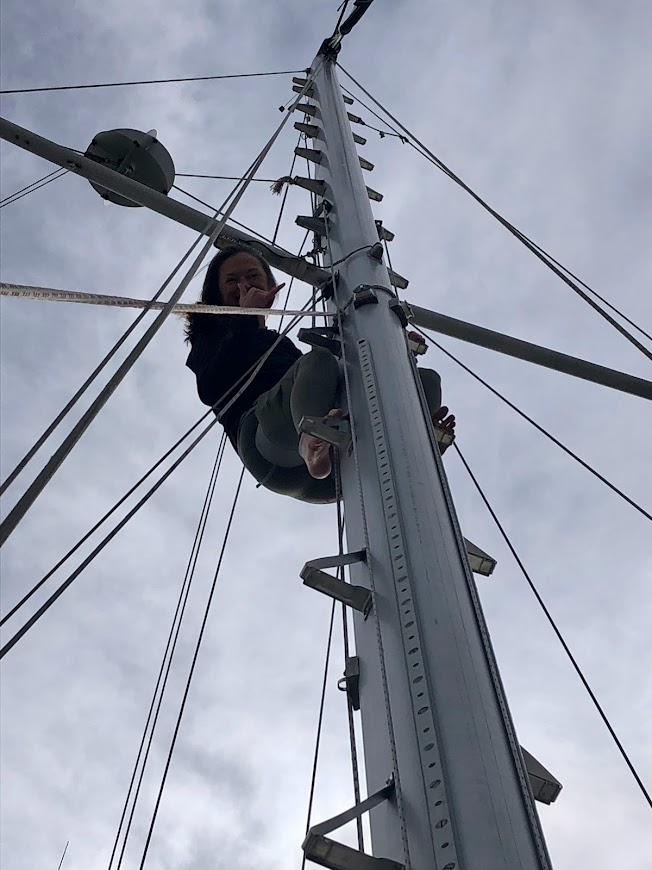
The fittings for a rig (where wire attaches to boat) usually take one of two routes... swaged vs mechanical. For swaged fittings, the wire is compressed within the metal of the fitting and "cold welded" together. This requires special tools and a competent rigger to be able to make these fittings, but they are time tested and very reliable when done correctly. I opted to go for the newer method of mechanical fittings. These are fittings that anyone can put on their boat with a pair of pliers and two "big a@#" wrenches. I installed the first one and fell in love. They are sleek, sexy, strong, and easy to use. Once the wire is off the boat, it only takes me about 30 min to prep the new wire for installation. I would highly recommend this type of fitting for any DIY boat people (StaLok is the brand name).
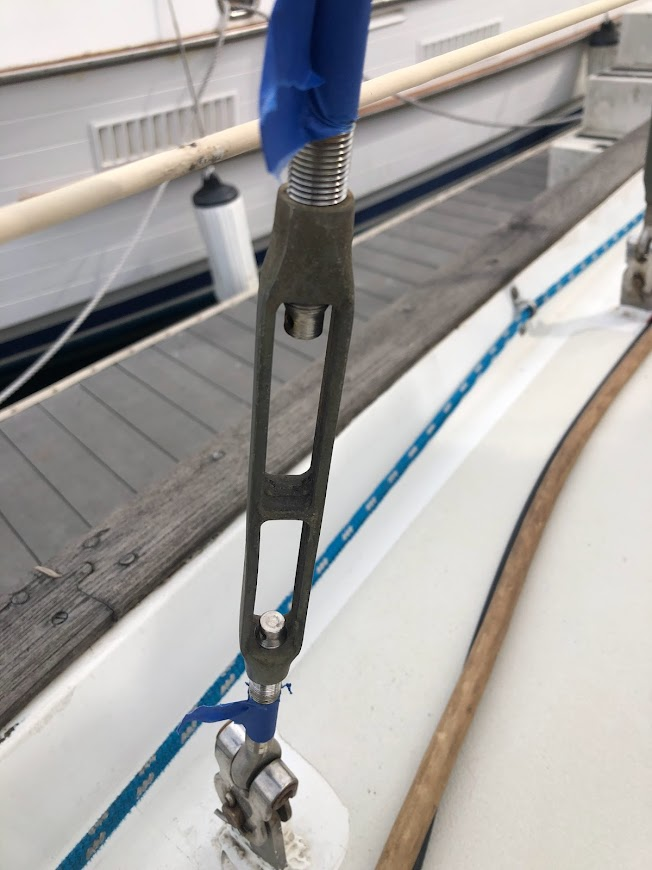
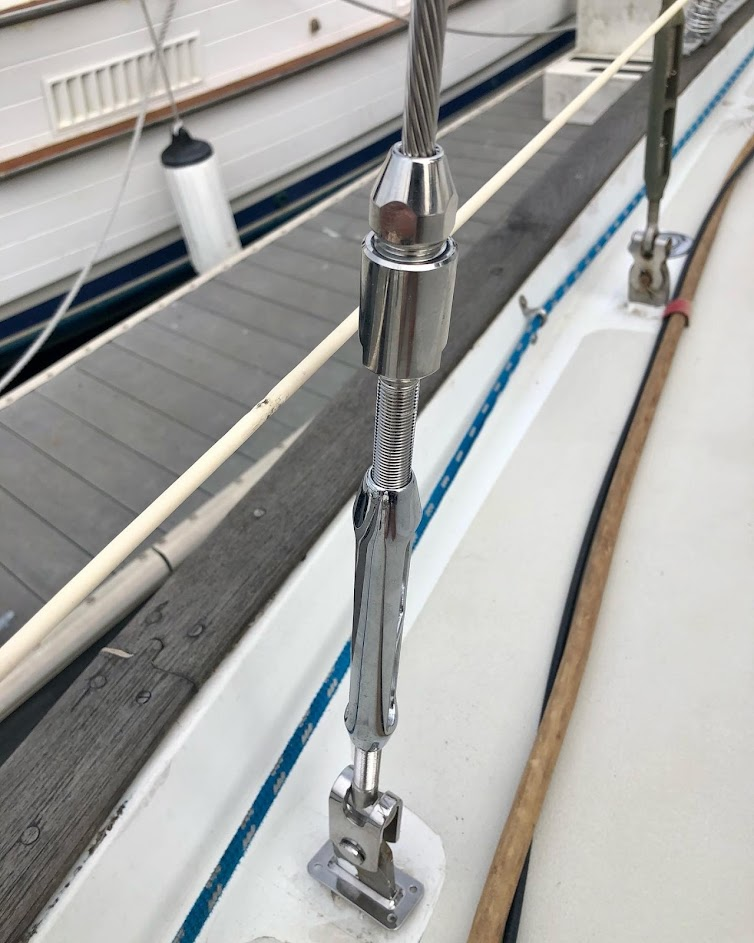
The process is pretty straight forward. McKay and I would get set up in our climbing harnesses and one of us would climb up the mast while the other one controlled the safety line (usually McKay since I am wary of heights). Once up there, the person on the bottom would disconnect the lower end of the wire after running a separate support line from the mast to that point in the boat. This just keeps the mast from flexing too much when it is unsupported by the intended wire. Once the wire is disconnected at the bottom, the person up the mast disconnects the top and we bring it down to the dock. We use the old wire for the template of the new wire to make sure we get the lengths correct. Bing, bang, boom the new StaLoks are put on and we are back up the mast installing the new wire in the reverse order of the removal. It sounds fairly straightforward, but the hard part is getting some of the old seized up fittings off the boat. In Practice, McKay and I can do about 2 wires a day.... and there are 16 total. Needless to say, we will be at this for the next few weekends...
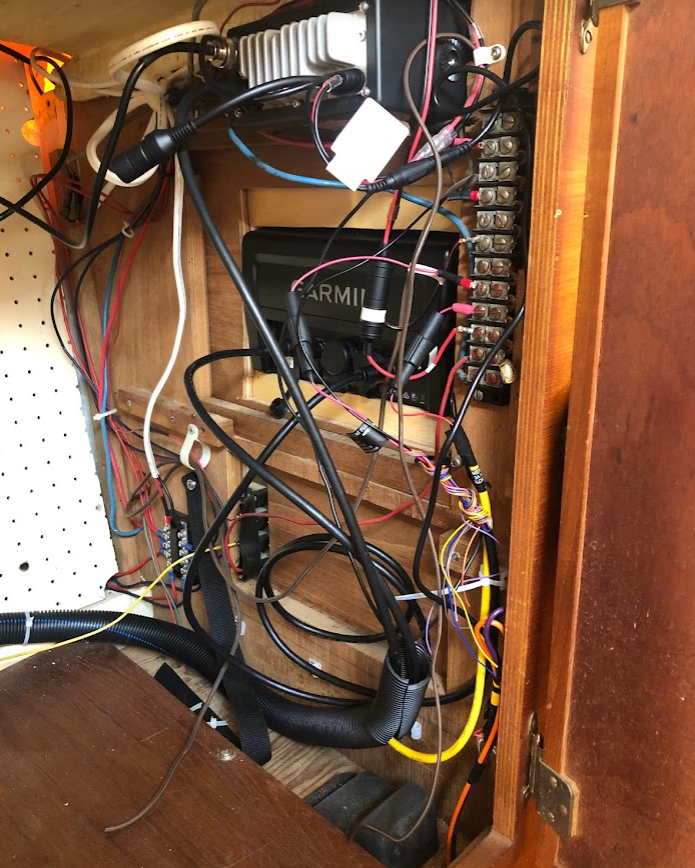
Navigation
In addition to this, I have been completely rebuilding my NMEA 2000 system. This is the digital neural network that connects all of the fancy electronics of the boat . I have intentionally been buying new Garmin products that "talk" using the NMEA 2000 for easy installation. What does this mean? The end goal will be that all of the open ocean navigation gear will easily and quickly sync, and you can control it from any screen on the boat that has access to the network. The current NMEA network consists of the chart plotter (a 1K expense I made when shopping for sandpaper...), my new in hull transducer (which measures depth), and my hydraulic autopilot. In the near future, it will also encompass my radar and wind instruments. For those who have never used a yacht navigation instrument cluster before, this may sound confusing, but basically what it allows me to do is consolidate 4 different control modules and screens into a single touchscreen device. I can also control the network via any smart device with the Garmin Active Captain app. Here is the coolest part: This allows me to view navigation data, wind records, depth soundings, radar, and steer the boat from my phone.....while on the front of the boat with my feet up and an endless horizon ahead of me. Cool huh?
The last major update I have made is a new stove. The previous stove had been an old Princess 110 electric resistance stove. (very dated). Boats with large battery banks and generators typically use these electric stoves because they are inherently safer than gas or alcohol. Plug one wire into your AC system and you are ready to go. The downside is that they use a lot of energy. Converting electrical energy to heat is very inefficient, therefore if you try to do it off of battery power with an inverter, you will drain your batteries quickly. The alternative is to use the appliance when plugged into shore power or while running the generator. The first means that you have to be at dock, and the second produces a bit of noise. The most efficient system uses propane. Easy to find, efficient, and quiet. The main problem is that it is highly combustible. Therefore the coastguard has created quite a few requirements for how a safe propane system can be installed on a boat. Designing and installing this system is what I have been working on most recently. Basically, you need to store a non-corrosive propane tank in a locker that is exterior to the living spaces of the boat, has a drain at the bottom that goes directly overboard and is "air tight" where the hose leaves the locker. The propane hose itself must run in one continuous length from the locker to the appliance with no breaks or offshoots and at the start must have a remote solenoid that can be switched from the boat control pannel to shut off the gas. Luckily, my boat was designed with two lockers that fit this description perfectly. Another fun feature of the stove that I bought (Force 10 standard American) is that it sits on a gimbal. The gimbal suspends the stove and allows it to rock side against the boats motion. This lends stability to anything cooking on or in the appliance. In theory... with a gimbaled stove, one should be able to make a pot of soup in a substantial sea state.. I will provide an update once I have tested this.
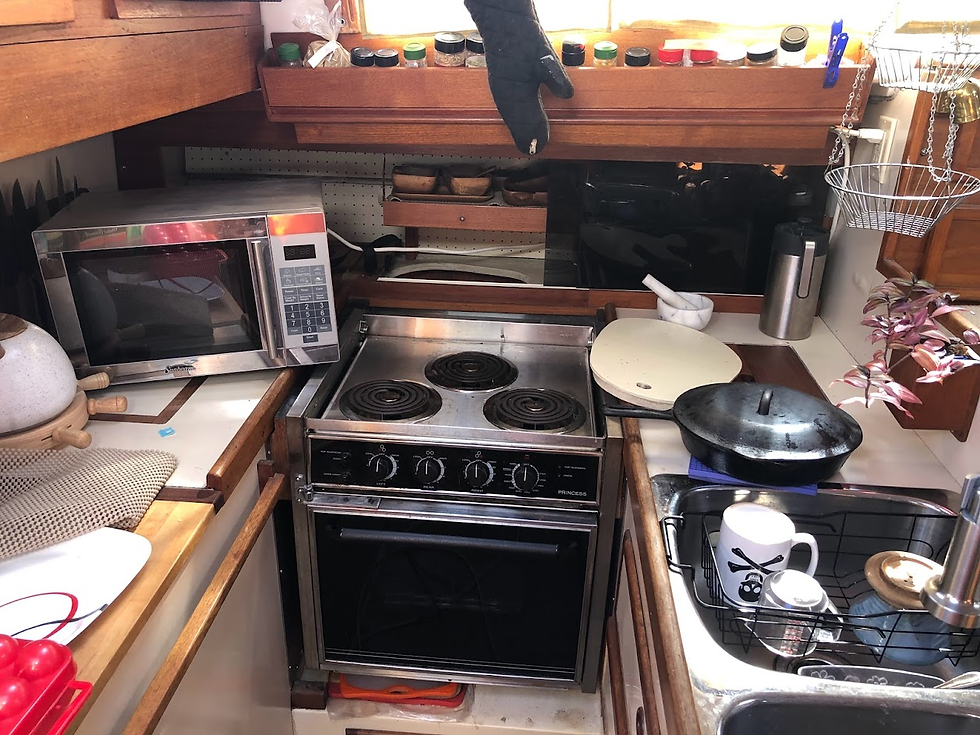
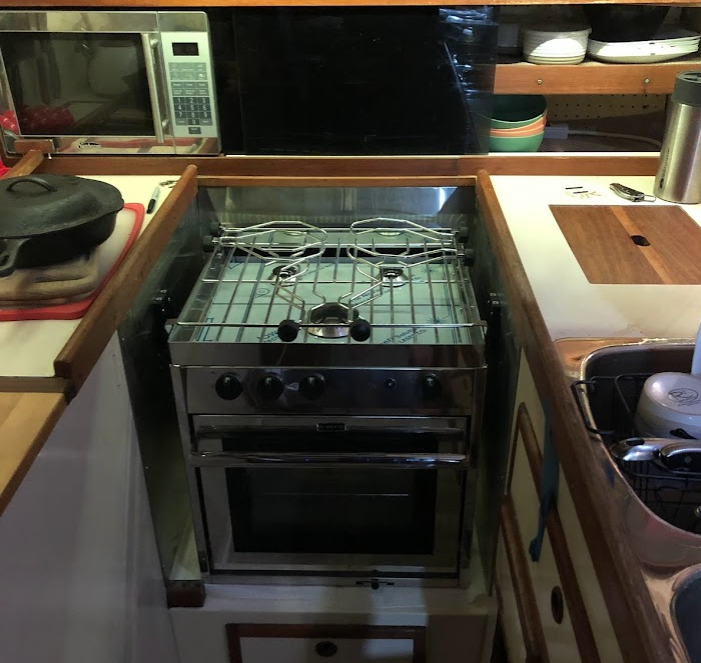
Outside of these big projects, I have been doing a thousand "little" things. I am removing the old teak rub rails and re-sealing/varnishing the cap rail, painting the freeboard runner, replacing plumbing hoses, designing a shower system, removing old AC and DC wires and systems to prepare for my upgrades, and replacing the running rigging. I recently got asked how much time I spend doing these things. My initial answer is "not enough". If I could do this all day, I would. However for accuracy's sake: I usually average 3 hours of work on the boat every weekday and at least 8 hours of boat work on the weekends. But I love what I get to do, and you will never hear me complain about getting to work on my boat.
I am writing this as I sit by a campfire near the beach in Dana Point. Tomorrow, I leave for a bachelor party at Catalina Island, then have the long haul drive back to the bay area on Sunday. With any luck, the next two weeks will be spent Sailing and finishing up some projects on the boat, so be on the lookout for a new video coming soon! Then McKay and I leave for a backpacking trip in Scotland and who knows what else. What an adventure, eh?
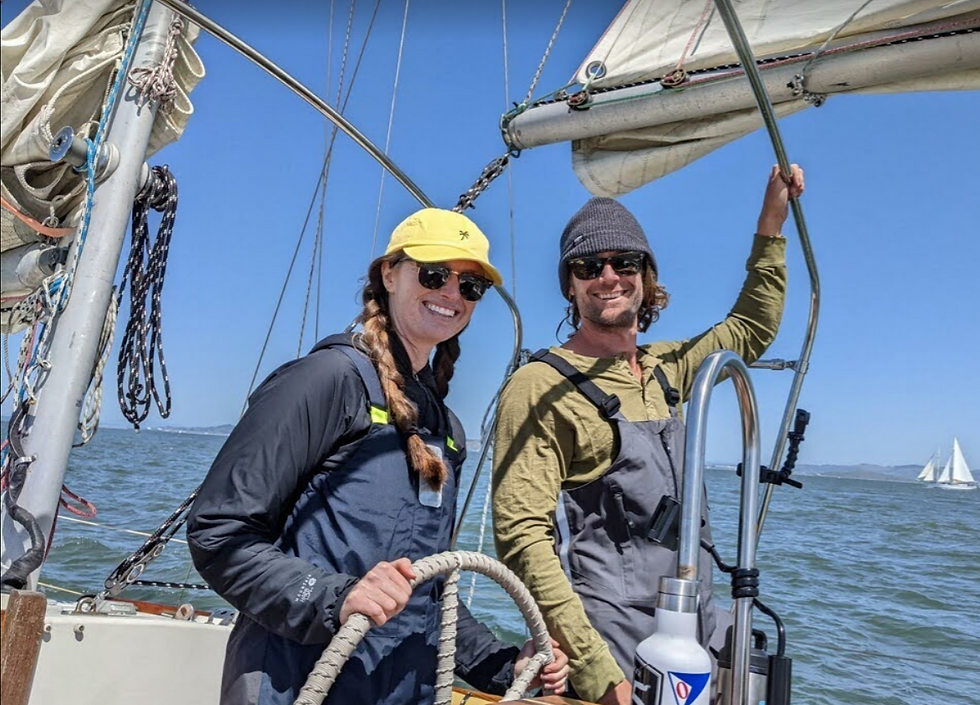
Cheers
Gavin


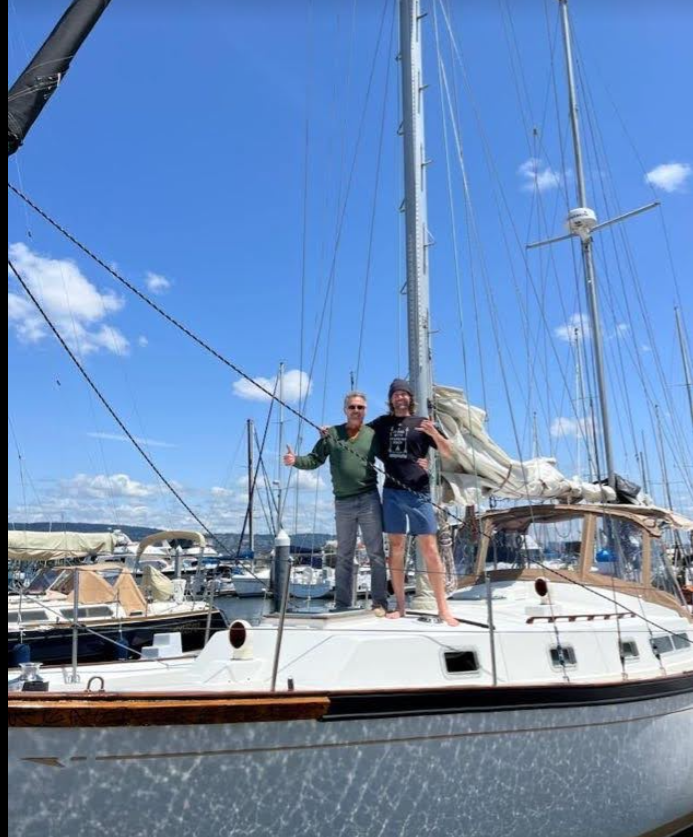


Comments